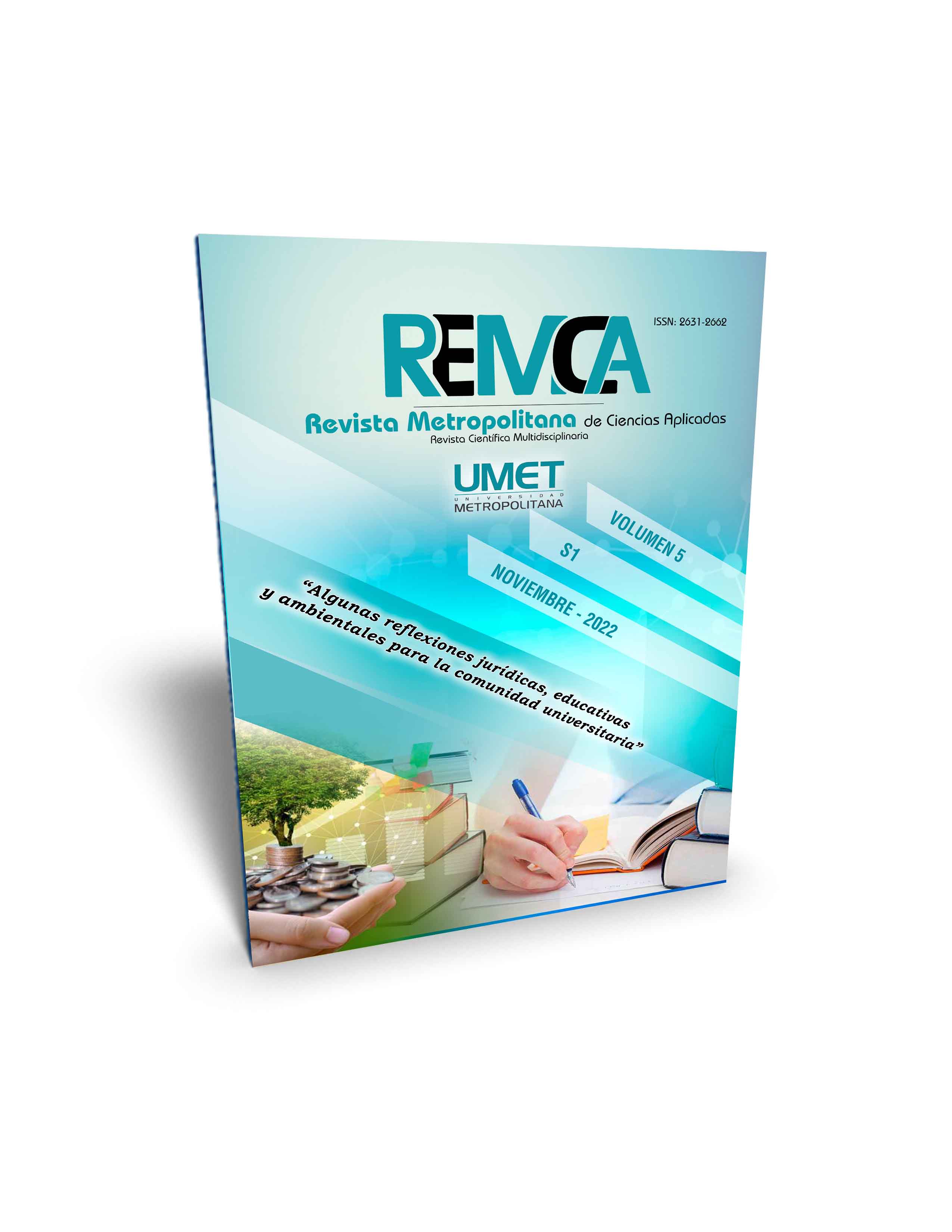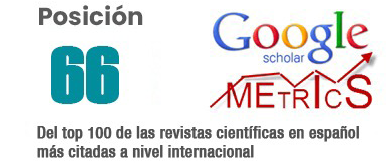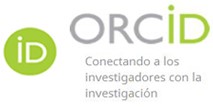Mioma cervical: anatomía y abordaje quirúrgico de alta complejidad
DOI:
https://doi.org/10.62452/j8mt8p73Keywords:
Cervix, leiomyoma, hysterectomy, hypogastric arteriesAbstract
Uterine fibroids are the most recurrent pelvic tumor in women, these are derived from myometrial smooth muscle cells and can be located in any of the three main uterine components: fundus, body and neck (cervix). However, they represent only 5% of all uterine fibroids. A case of a cervical uterine fibroid is presented with the purpose of reviewing the clinical manifestations, and its therapeutic management, with a health history, who attends the gynecology service due to an increase in the volume of the abdomen, progressive, approximately three years of evolution, accompanied by genital bleeding and voiding difficulty. A tumor dependent on the uterus (cervix) is diagnosed and in the transoperative period a large tumor with loss in the pelvic anatomy is confirmed. The ligation of hypogastric arteries in large cervical and giant fibroids is an effective therapeutic resource to minimize bleeding and its complications. Myomatous tumor of the cervix should be taken into account in the differential diagnosis of abdominopelvic masses. From the anatomical point of view, hemorrhagic complications are frequent, so total abdominal hysterectomy with ligation of the hypogastric arteries is a good resource to apply.
Downloads
References
Briceño-Pérez, C. (2007). Tumores uterinos y ováricos: ¿Gigantes? o Grandes. Revista de Obstetricia y Ginecología de Venezuela, 67(1), 3-4.
De la Cruz de Oña, A., Vázquez Luna, F., & Roque González, R. (2020). Embolización de arterias uterinas para el tratamiento de fibromas uterinos sintomáticos. Revista Cubana de Obstetricia y Ginecología, 46(1).
Desai, V. B., Wright, J. D., Schwartz, P. E., Jorgensen, E. M., Fan, L., Litkouhi, B., ... & Xu, X. (2018). Occult gynecologic cancer in women undergoing hysterectomy or myomectomy for benign indications. Obstetrics & Gynecology, 131(4), 642-651.
Fascilla, F. D., Cramarossa, P., Cannone, R., Olivieri, C., Vimercati, A., & Exacoustos, C. (2016). Ultrasound diagnosis of uterine myomas. Minerva Ginecologica, 68(3), 297-312. https://europepmc.org/article/med/27014801
Giuliani, E., As‐Sanie, S., & Marsh, E. E. (2020). Epidemiology and management of uterine fibroids. International Journal of Gynecology & Obstetrics, 149(1), 3-9.
Hodge, J. C., T Cuenco, K., Huyck, K. L., Somasundaram, P., Panhuysen, C. I., Stewart, E. A., & Morton, C. C. (2009). Uterine leiomyomata and decreased height: a common HMGA2 predisposition allele. Human genetics, 125(3), 257-263.
Holloran-Schwartz, M. B., Fierro, M., & Tritto, A. (2015). Delayed presentation of a paracytic myoma fragment after laparoscopic supracervical hysterectomy requiring small bowel resection. A case report. The Journal of Reproductive Medicine, 60(1-2), 75-77.
Kalyan, S., & Sharma, S. (2018). Giant uterine leiomyoma: a case report with literature review. Int J Reprod Contracept Obstet Gynecol, 7, 4779-4785.
Kim, A., Arabkhazaeli, M., Ulrich, A., Lerner, V., & Shin, J. H. (2020). Updates in uterine artery embolization for leiomyomas. Current Opinion in Obstetrics and Gynecology, 32(4), 269-276.
Kongnyuy, E. J., & Wiysonge, C. S. (2014). Interventions to reduce haemorrhage during myomectomy for fibroids. Cochrane Database of Systematic Reviews, (8).
Laughlin-Tommaso, S. K., & Stewart, E. A. (2018). Moving toward individualized medicine for uterine leiomyomas. Obstetrics and Gynecology, 132(4), 961.
Lim, P. T., Tan, C. H., Chia, H. L., & Phoon, J. (2018). Management of a giant uterine leiomyoma. Case Reports, 2018, bcr-2017. http://dx.doi.org/10.1136/bcr-2017-224052
Moretz, D. (2021). Drug Class Update with New Drug Evaluation: Drugs for Endometriosis and Uterine Fibroids. https://www.orpdl.org/durm/meetings/meetingdocs/2021_12_02/archives/2021_12_02_Endometriosis.pdf
Murji, A., Scott, S., Singh, S. S., Bougie, O., Leyland, N., Laberge, P. Y., & Vilos, G. A. (2019). No. 371-Morcellation during gynaecologic surgery: its uses, complications, and risks of unsuspected malignancy. Journal of Obstetrics and Gynaecology Canada, 41(1), 116-126.
Olalla, S., Monleon, J., Cristóbal, I., & Cañete, M. L. (2020). WITHDRAWN: Diagnostic evaluation of uterine myomas. European Journal of Obstetrics & Gynecology and Reproductive Biology. https://www.sciencedirect.com/science/article/abs/pii/S0301211520300919
Palán Gavilanes, G. T. (2019). Leiomioma uterino gigante: un reto quirúrgico. (Tesis de Licenciatura). Universidad San Francisco de Quito.
Rabischong, B., Beguinot, M., Compan, C., Bourdel, N., Kaemmerlen, A. G., Pouly, J. L., ... & Botchorishvili, R. (2013). Complication à long terme du morcellement utérin par voie cœlioscopique: Les myomes parasitiques iatrogènes. Journal de gynécologie obstétrique et biologie de la reproduction, 42(6), 577-584.
Rezk, A., Kahn, J., & Singh, M. (2021). Fertility Sparing Management In Uterine Fibroids. StatPearls [Internet]. https://www.ncbi.nlm.nih.gov/books/NBK574504/
Stewart, E. A. (2015). Clinical practice. Uterine fibroids. The New England Journal of Medicine, 372(17), 1646-1655.
Stewart, E. A., & Laughlin-Tommaso, S. K. (2019). Uterine fibroids (leiomyomas): Histology and pathogenesis. UpToDate. https://www.medilib.ir/uptodate/show/5431
Stewart, E. A., Barbieri, R. L., & Chakrabarti, A. (2020). Overview of treatment of uterine leiomyomas (fibroids). UpToDate. https://www.uptodate.com/contents/uterine-fibroids-leiomyomas-treatment-overview
Stewart, E. A., Laughlin-Tommaso, S. K., & Levine, D. (2019). Uterine fibroids (leiomyomas): Epidemiology, clinical features, diagnosis and natural history. UpToDate. https://medilib.ir/uptodate/show/5486
Toncel Churio, C. M., & Gallego Vélez, L. I. (2022). Miomatosis uterina:: enfoque terapéutico. Memorias Curso DE Actualización EN Ginecología Y Obstetricia, 25–34.
Vandana, S., & Mamta, G. (2013). A giant sized cervical fibroid: resembling en caul birth. Indian J Basic Applied Med Res, 2(8), 1103-1105.
Villagómez-Mendoza, E. A., Martínez Niño, J. E., & Toriz Prado, A. (2019). Hemorragia obstétrica secundaria a placenta previa y leiomioma retroplacentario gigante cervical. Reporte de un caso. Ginecología y obstetricia de México, 87(3), 202-207.
Vilos, G. A., Allaire, C., Laberge, P. Y., Leyland, N., Vilos, A. G., Murji, A., & Chen, I. (2015). The management of uterine leiomyomas. Journal of Obstetrics and Gynaecology Canada, 37(2
Downloads
Published
Issue
Section
License
Copyright (c) 2022 Abel Agustín Estrada Paneque, María Gabriela Calle Ortiz, Graciela de Jesús Cabrera Miñán (Autor/a)

This work is licensed under a Creative Commons Attribution-NonCommercial-ShareAlike 4.0 International License.
Authors who publish in Revista Metropolitana de Ciencias Aplicadas (REMCA), agree to the following terms:
1. Copyright
Authors retain unrestricted copyright to their work. Authors grant the journal the right of first publication. To this end, they assign the journal non-exclusive exploitation rights (reproduction, distribution, public communication, and transformation). Authors may enter into additional agreements for the non-exclusive distribution of the version of the work published in the journal, provided that acknowledgment of its initial publication in this journal is given.
© The authors.
2. License
The articles are published in the journal under the Creative Commons Attribution-NonCommercial-ShareAlike 4.0 International License (CC BY-NC-SA 4.0). The terms can be found at: https://creativecommons.org/licenses/by-nc-sa/4.0/deed.en
This license allows:
- Sharing: Copying and redistributing the material in any medium or format.
- Adapting: Remixing, transforming, and building upon the material.
Under the following terms:
- Attribution: You must give appropriate credit, provide a link to the license, and indicate if any changes were made. You may do this in any reasonable manner, but not in any way that suggests the licensor endorses or sponsors your use.
- NonCommercial: You may not use the material for commercial purposes.
- ShareAlike: If you remix, transform, or build upon the material, you must distribute your creation under the same license as the original work.
There are no additional restrictions. You may not apply legal terms or technological measures that legally restrict others from doing anything the license permits.




